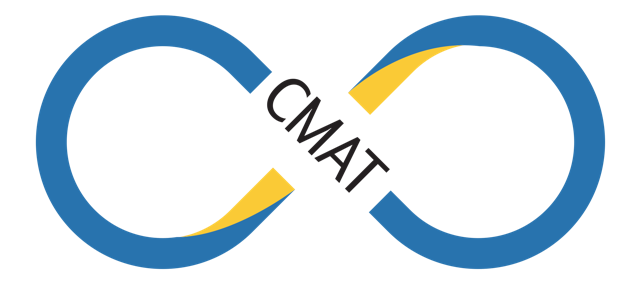Frequently Asked Questions
MathLinks: Core (Grades 6, 7, 8)
How can I pilot MathLinks: Core (2nd Ed.)?
Pilot Information and pilot request for are available here. The program is a consumable product. For free, we offer one class set (up to 40 students) of one unit per teacher for those who are planning to adopt new materials. One-semester and full-year pilots are also available for a fee.
How does MathLinks: Core (2nd ed.) different for the 1st version?
MathLinks: Core (2nd ed.) has the same dedication as the 1st Edition to providing accessible mathematics content to a broad range of learners, with a strong focus on developing conceptual understanding, while building in meaningful problem-solving and skills practice. But there has been a significant facelift. Some features of interest:
- All grade-level standards are addressed in full in 10 units that can be completed in about 100 class hours. This is possible by focusing on and revisiting the Big ideas of each grade.
- Each unit begins with an Opening Problem to create interest and a “need to know.” Many are revisited after one or more lessons of instruction are completed.
- Slide decks and lesson notes help guide instructions for critical topics.
- The Teacher Portal contains a wide variety of resources for review, enrichment, tasks, and projects Click here for more details about the differences in the programs.
